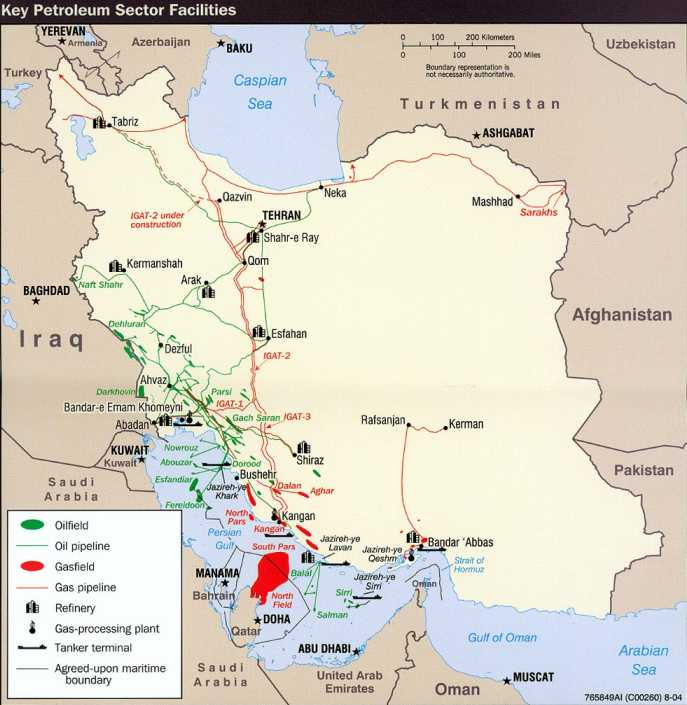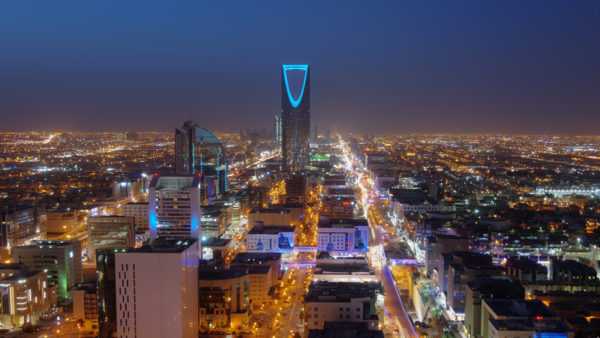Iran is negotiating oil refinery refurbishment contracts worth some $8.6bn with Japanese, Chinese and Korean companies, and hopes to begin signing deals this month, according to a report in state news agency Press TV last week.
It has also set in motion projects to build 12 new facilities, more than doubling the number in the country now.
Abbas Kazemi, the deputy petroleum minister, told reporters in Tehran last week that the biggest deal was an upgrade of the country’s Isfahan refinery. This is likely to go to two Japanese industrial conglomerates, Marubeni and Mitsui, and oil and gas engineer Chiyoda Corporation.
“Negotiations have been held with the three companies and the deal for this massive refining project worth $3.6bn is expected to be finalised soon, Mr Kazemi said.
A separate $2bn contract is about to be signed with South Korea contractor Daelim to boost oil processing capacity at Isfahan, Kazemi added.
The first deal to be done will probably be with China’s Sinopec to refurbish and extend Iran’s refinery at Abadan, which was founded in 1912 by the company that went on to become BP.

The location of Iran’s refining industry (Creative Commons)
Talks over the financing of this deal were held last month, and China has agreed to open a $1.3bn credit line now, with the balance to follow in the spring.
As well as these renewal schemes at existing refineries, Iran has begun to implement the building of 12 new facilities, according to the Mehr news agency.
Arman Moghadam, director of corporate planning at the National Iranian Oil Refining and Distribution Company, said nine refineries with an aggregate total capacity of 1.7 million barrels were presently in operation across the country, with the Setare Khalij Fars gas condensates refinery to come onstream shortly with a refining capacity of 120,000 barrels per day.
Other schemes mentioned by Mr Moghadam were a 30,000-barrel heavy oil refinery in Jask Port and the Anahita Refinery in Kermanshah Province in the west of the country, which will have a capacity of 150,000 barrels.
Top image: Abadan refinery, where the modern oil industry started, seen here in an Iranian publicity poster from 1970 (Creative Commons)
Further Reading:






